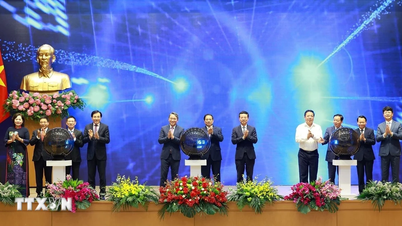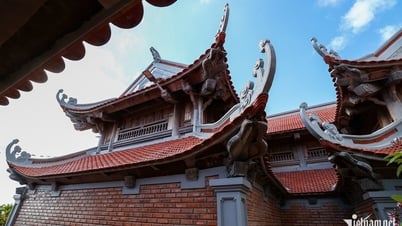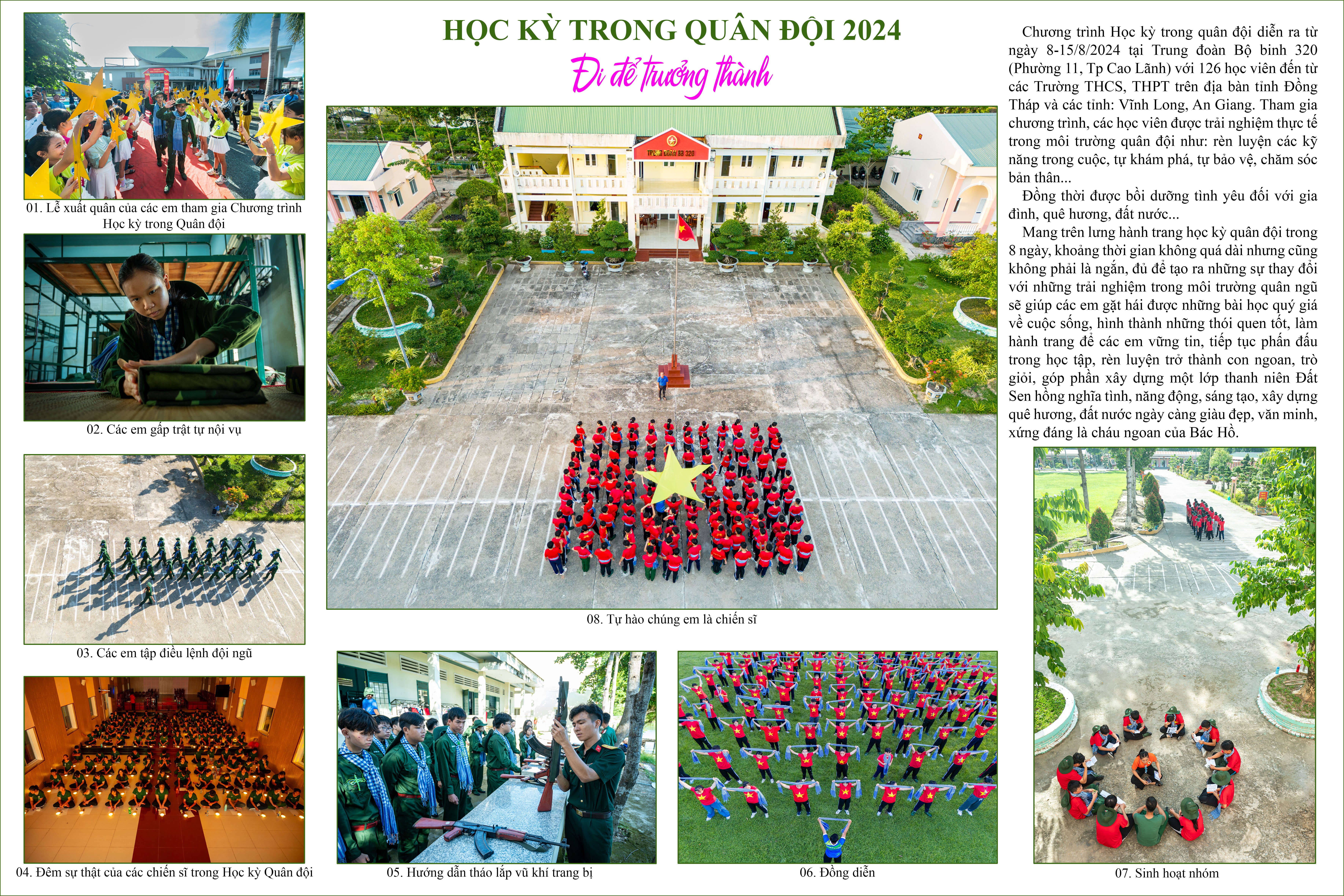On April 24, the China National Space Administration (CNSA) announced that it will allow scientists from the US and several other countries to access and analyze rock samples collected from the Moon, during the Chang'e 5 mission.
The move marks a new step in Beijing's efforts to expand its international influence in space exploration.
Among the institutions granted access to the specimens are two American universities, Brown University and the State University of New York at Stony Brook, both of which receive funding from NASA. They also include institutions from Japan, France, Germany, the United Kingdom and Pakistan.
The 2020 Chang'e 5 mission made China the third country in history to collect rock samples from the lunar surface, after the Soviet Union and the United States.
Following its success, last year's Chang'e 6 mission marked a new milestone when China became the first country to bring back rocks from the far side of the Moon - a region that cannot be observed from Earth.
Although space cooperation between the US and China is limited by a 2011 US law that prohibits NASA from cooperating with China without congressional approval, NASA is currently discussing with CNSA the terms of the rock sample loan.
NASA Administrator Bill Nelson has said he has reassured lawmakers that the partnership will not compromise US national security.
However, any transfer may require additional certification from the Federal Bureau of Investigation (FBI).
While the US is increasingly cautious about space cooperation, China is accelerating its opening-up strategy.
Growing national confidence and strength have prompted Beijing to be willing to share its space achievements with the world , according to Wu Weiren, chief architect of China's lunar exploration program.
The Chang'e 4 and Chang'e 6 missions have carried four international scientific instruments, while the Chang'e mission in the next seven years is expected to integrate six payloads from other countries, CNSA said.
China is planning to cooperate with about 10 countries on the Chang'e 8 mission and use data collected from all previous missions to select a location to build a manned lunar base by 2035./.
Source: https://www.vietnamplus.vn/trung-quoc-thong-bao-thuc-day-hop-tac-khong-gian-quoc-te-voi-my-post1034859.vnp



























































































Comment (0)